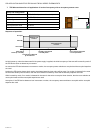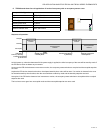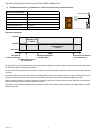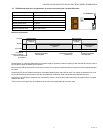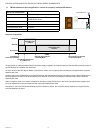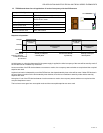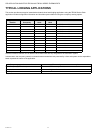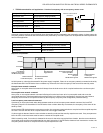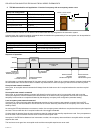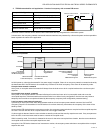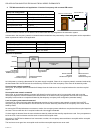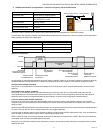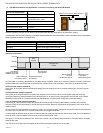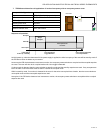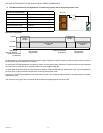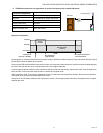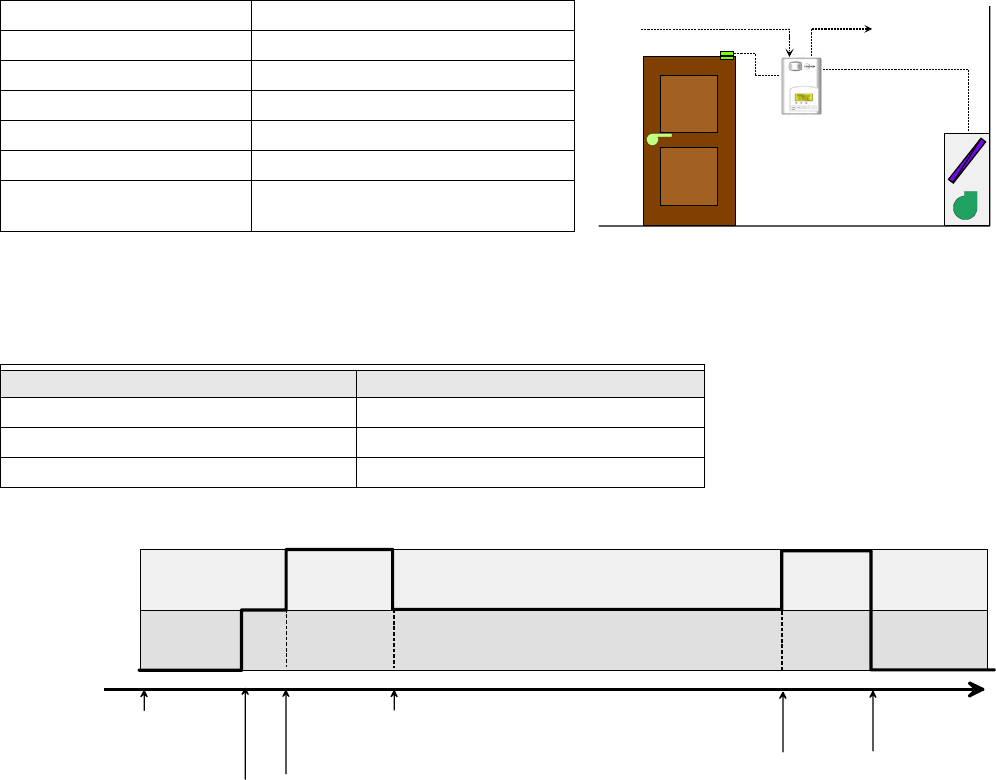
PIR APPLICATION GUIDE FOR TB7200 AND TB7300 SERIES THERMOSTATS
63-4526—01 22
2. TB7300 networked fan coil application—2 levels of occupancy with an occupancy sensor cover
Advanced network interface can be obtained when thermostats are fully integrated to the reservation system.
In these cases, the occupancy network commands state enumeration text presented by a front end system can be expanded to
better represent the nature of the application.
Sequence of operation:
At initial power-up, when the thermostat 24 Vac power supply is applied; if there is no occupancy network command received by
the thermostat and if the PIR device does not detect any movement, the initial occupancy of the zone will be stand-by mode.
Occupied state network command
At any time, an occupied network command will always force the local zone to be in occupied mode and to use the occupied
setpoints.
Unoccupied state network command
At any time, an unoccupied network command will always force the local zone to be in unoccupied mode and to use the
unoccupied setpoints. If the thermostat local override function is not locked out by configuration, the local user may initiate a
temporary local override to occupied as dictated by the temporary occupancy time configuration parameter setting.
Local occupancy state network command
If previously in unoccupied mode when the thermostat receives a local occupancy state network command, the local PIR
occupancy loop will now be enabled. If the PIR devices do not then detect any movements, the occupancy of the zone will be
stand-by mode.
As soon as the PIR device detects a movement or motion, the occupancy status switches to occupied and the occupied setpoints
are used. The room will then be in occupied mode until a door toggle is detected.
If a door toggle is detected, then the room switches to stand-by mode and the stand-by setpoints are used. If any occupants are
left in the room, local movements must be seen to resume the occupied mode.
At anytime, if the PIR device detects a local movement or motion, the occupancy status switches to occupied and the occupied
setpoints are used.
The local zone never goes into unoccupied mode and the unoccupied setpoints are never used.
Set-up and Configuration
Thermostat used TB73x5X5014X (lodging models)
PIR used TB-PIR-FCU-L cover
BI2 Configuration Door dry contact
Stand-by timer value Not used
Unoccupied timer value 0.0 hours
Network interface used BACnet MS/TP or wireless
Occupancy network commands state Front end system state text examples
Local Occupancy ( PIR active ) Room rented PIR economy enabled
Occupied Room rented high comfort assured
Unoccupied Room not rented
BACnet or Echelon Network
Door Switch
Door Switch
BACnet or wireless network
Unoccupied Time
= 0 Hours
First Movement Detected
by a PIR Device
Occupied
Stand-By
Unoccupîed
Time
Network Command
= Local PIR Occupancy
Initial Network
Command = Unoccupied
PIR Movements Ignored
Network Command
= Occupied
PIR Movements Ignored
Network Command
= Unoccupied
PIR Movements Ignored
Always
Occupied
Door Open/Close
Toggle Detected



